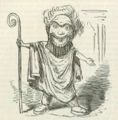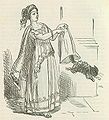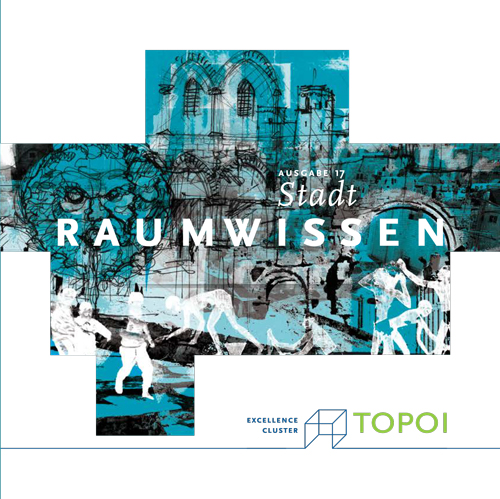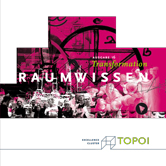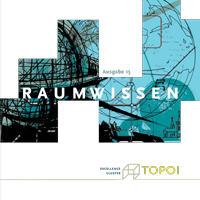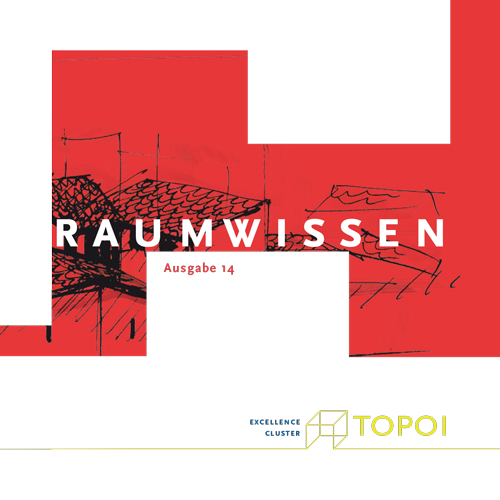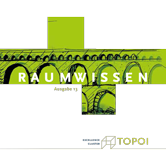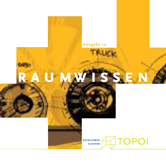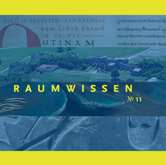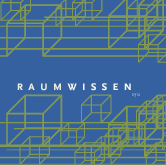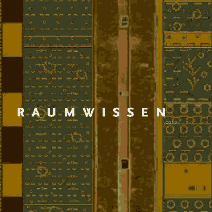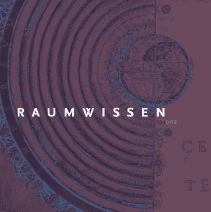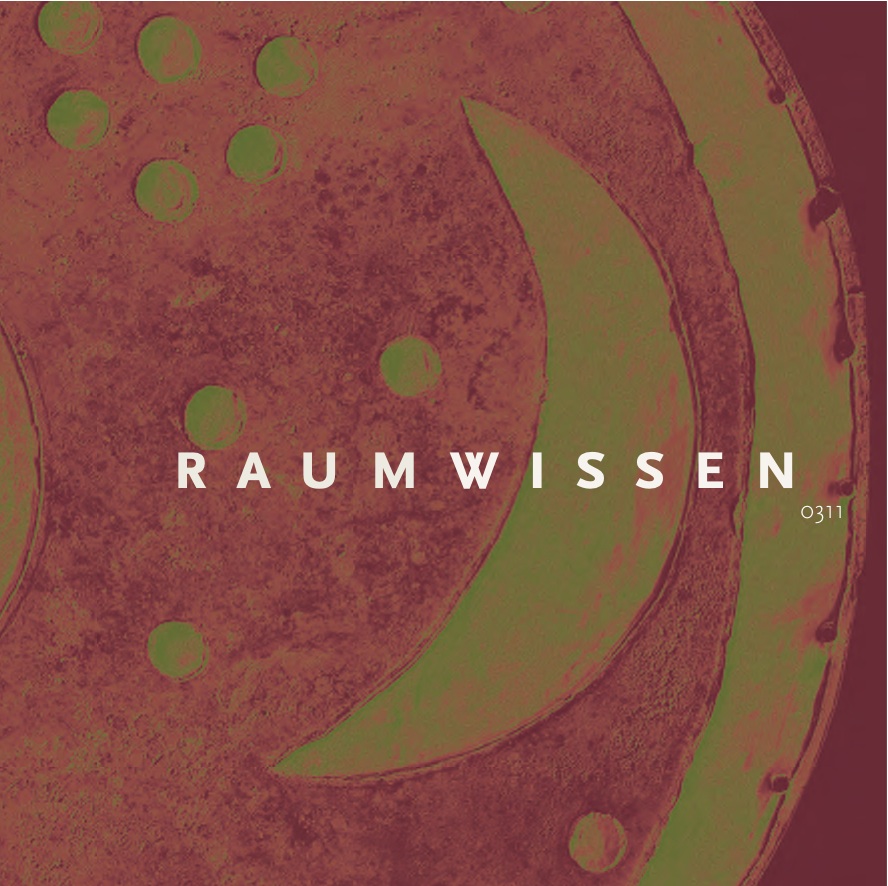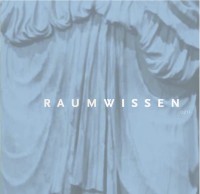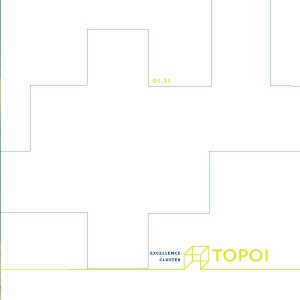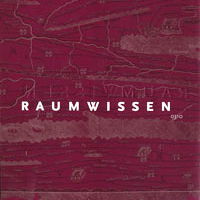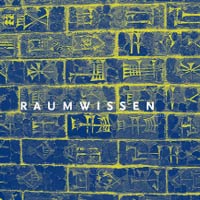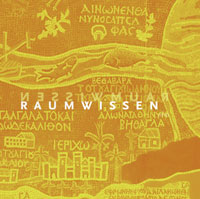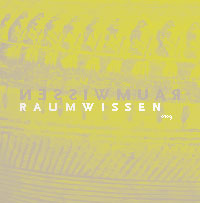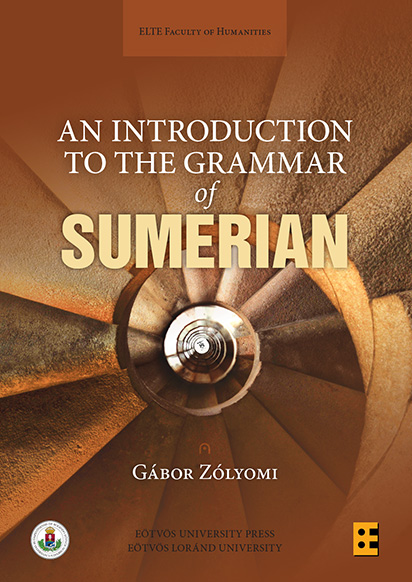|
| 0645 | JUSTINUS MARTYR Apol. |
| 1389 | HARPOCRATION Gramm. |
| 1595 | PHILODEMUS Phil. |
| 2042 | ORIGENES Theol. |
| 2130 | ARETHAS Scr. Eccl. et Philol. |
| 2642 | <ASTRAMPSYCHUS Magus> Onir. |
| 2702 | Michael PSELLUS Epist., Polyhist., Phil., Hagiogr. et Theol. |
| 2721 | Theodorus PRODROMUS Poeta et Polyhist. |
| 2738 | CHRONOGRAPHIAE ANONYMAE Chronogr. |
| 2772 | ACTA TIMOTHEI Hagiogr., Apocryph. et Acta |
| 2933 | GERMANUS I Scr. Eccl. |
| 3010 | Theodorus BALSAMON Scr. Eccl. |
| 3024 | Constantinus STILBES Poeta et Rhet. |
| 3036 | EUTHYMIUS Scr. Eccl. |
| 3053 | JOANNES II Scr. Eccl. |
| 3054 | JOANNES IV (vel V) Oxeïtes Scr. Eccl. |
| 3059 | JOANNES X CAMATERUS Scr. Eccl. |
| 3073 | Euthymius MALACES Scr. Eccl., Rhet. et Theol. |
| 3077 | MICHAEL I CERULARIUS Theol. et Scr. Eccl. |
| 3078 | MICHAEL III Epist., Theol. et Rhet. |
| 3085 | NEOPHYTUS INCLUSUS Scr. Eccl. |
| 3092 | Nicephorus BLEMMYDES Phil. et Theol. |
| 3093 | NICETAS Phil., Theol. et Scr. Eccl. |
| 3099 | Nicetas STETHATUS Theol. et Hagiogr. |
| 3101 | Nicolaus IV MUZALO Poeta, Epist., Theol., Orat. et Scr. Eccl. |
| 3104 | NICOLAUS Methonaeus Theol. |
| 3108 | PETRUS III Theol. et Scr. Eccl. |
| 3129 | THEOPHYLACTUS Scr. Eccl. |
| 3149 | ATHANASIUS I Epist. |
| 3151 | JOSEPHUS RHACENDYTA Phil. |
| 3209 | Gregorius ANTIOCHUS Rhet. |
| 3224 | Nicolaus CABASILAS Theol. et Rhet. |
| 3229 | BESSARION Theol. et Rhet. |
| 3240 | Nicephorus CHUMNUS Rhet. et Epist. |
| 3345 | CALLISTUS I Patriarcha Scr. Eccl. et Orat. |
| 4040 | PHOTIUS Lexicogr., Theol. et Scr. Eccl. |
| 4042 | SOPHRONIUS Epigr., Soph. et Scr. Eccl. |
| 4145 | Nicephorus GREGORAS Hist. et Scr. Rerum Nat. |
| 4146 | Maximus PLANUDES Polyhist. et Theol. |
| 4283 | METRODORA Med. |
| 4355 | Isaac ARGYRUS Math., Astron. et Theol. |
| 4434 | Nicetas MYRSINIOTES Theol. |
| 4445 | Georgius SCYLITZES Poeta |
| 4446 | POLYCHRONIUS Apamensis Theol. |
| 4447 | Michael BALSAMON Theol. |
| 4448 | Michael BALSAMON Hagiogr. |
| 4449 | NICEPHORUS Athonita Theol. |
| 4450 | NICETAS Chartophylax Theol. |
| 4451 | JOANNES Claudiopolitanus Theol. |
| 4452 | LEO Russiae Metropolita Theol. |
| 4453 | DOMINICUS Gradensis Epist. |
| 4454 | LEO IX papa Epist. |
| 4455 | SYMEON II Patriarcha Epist. et Theol. |
| 4456 | ORACULA LEONIS SAPIENTIS Orac. |
| 5009 | SCHOLIA IN AESCHINEM Schol. |
| 5014 | SCHOLIA IN ARISTOPHANEM Schol. |
| 5148 | VITAE SANCTI BASILII JUNIORIS Hagiogr. |
| 5506 | HIEROTHEUS Hieromonachus Theol., Hymnograph. et Phil. |
| 9025 | Manuel MOSCHOPULUS Gramm. |
| 9053 | Pseudo-MESSAHALLA Astron. |
| 9054 | ASTROLOGUS ANONYMUS SAECULI XI Astrol. et Astron. |








































































